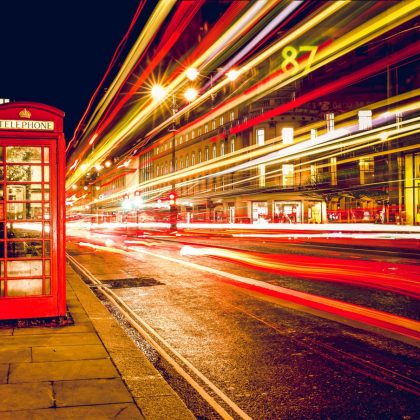A Fall That Keeps on Falling
When writing about the uncertain future of contact improvisation during the summer and fall of 2020, in the wake of Nancy Stark Smith’s passing, I noted that one of her most significant contributions to understandings of CI was her theory of “the gap.”
“Being in a gap,” she wrote, “is like being in a fall before you touch bottom. You’re suspended—in time as well as space—and you don’t really know how long it’ll take to get ‘back’” (1987:113). It seemed to me then that we were living through a profoundly disorienting gap brought about by the coronavirus. Cases were surging and practices of keeping one’s body distant from others were becoming routine. Although it was unclear how or when the practice of contact improvisation would resume, Smith’s writings provided some solace, reminding readers that “the gap” offers opportunities for those who seek them. “Where you are when you don’t know where you are is one of the most precious spots offered by improvisation. It is a place from which more directions are possible than anywhere else” (113).
Six months later, in March 2021, a new question emerges: How do we handle an extended gap, a fall that keeps on falling? Although cases are decreasing in the United States, we remain on the edge of a very dark winter with numbers still alarmingly high. Nearly 500,000 people have died of Covid-19 in the United States, with over 2,000,000 deaths globally. Vaccines offer promise, but their rollout has been sluggish, especially where most needed—and Covid death statistics remind us once again of racial inequities. In her recent essay on horizontality and Pope.L’s grueling performance work, Martine Syms acknowledges the off-putting ways in which the term “tired” gets overused: “I try not to say ‘I’m tired’ the way I try not to say ‘I’m busy.’ The way I try not to say ‘I can’t.’ The way I try not to say ‘L.A.’” (2019:47). And yet, the coronavirus has been raging for over a year now, throwing into relief structural disparities that have shaped lives for generations, and it would be an understatement to say that people are in fact tired.
To maintain that “the gap,” however extended, is “one of the most precious spots offered by improvisation” is not to suggest that this space is separate from suffering or necessity. The history of jazz teaches us as much. So as improvisers try to figure out their next steps and struggle to choreograph a more just path out of Covid’s isolation, one might do well to remember Miles Davis’s observation that musicians are often more creative at the end of a concert (Sparti 2016:193). This is not to romanticize fatigue. But to recognize the possibilities that can emerge when one’s habitual responses have been exhausted.
(Danielle Goldman’s article ‘A Radically Unfinished Dance: Contact Improvisation in a Time of Social Distance‘ is published in the new issue (65/1) of TDR and is free to access until the end of April 2021.)
Smith, Nancy Stark. 1987. “Taking No for an Answer.” Contact Quarterly 12, 2:113.
Sparti, Davide. 2016. “On the Edge: A Frame of Analysis for Improvisation.” In The Oxford Handbook of Critical Improvisation Studies, vol. 1, eds. George E. Lewis and Banjamin Piekut, 182–200. Oxford: Oxford University Press.
Syms, Martine. 2019. “Being Horizontal: Martine Syms on Times Square Crawl A.K.A. Meditation Square Piece.” In member: Pope.L, 1978-2001, ed. Stuart Comer, 46–47. New York: MoMA.






